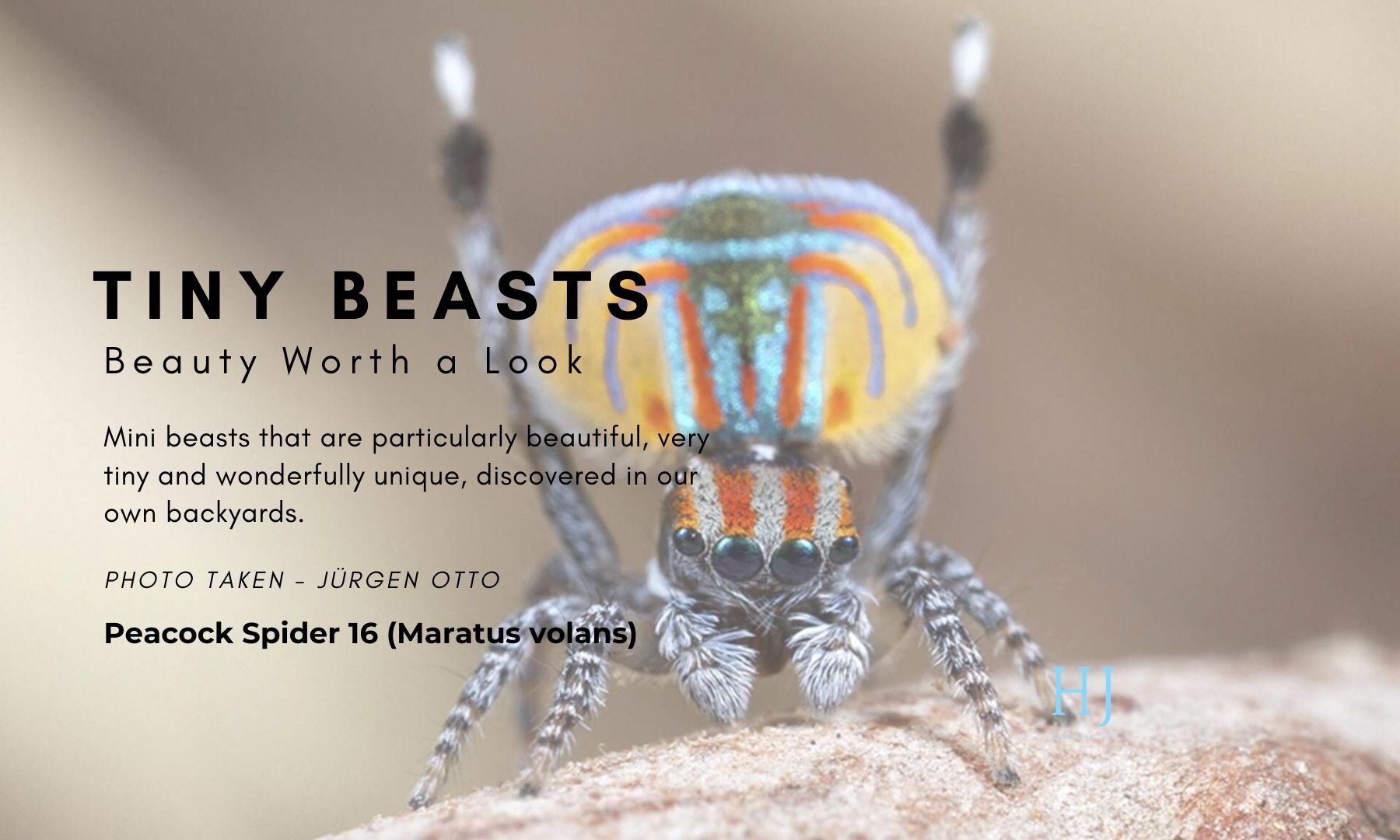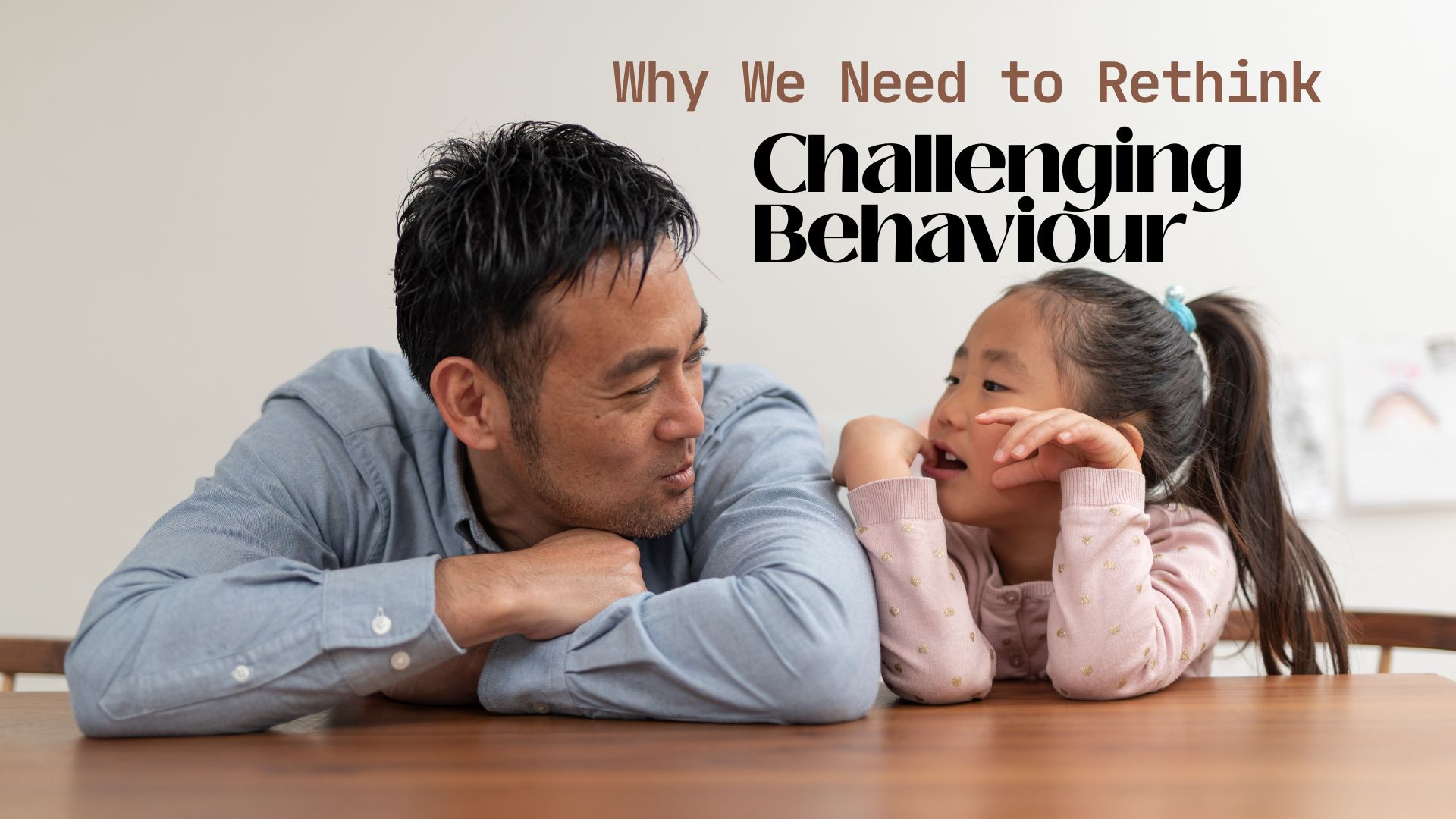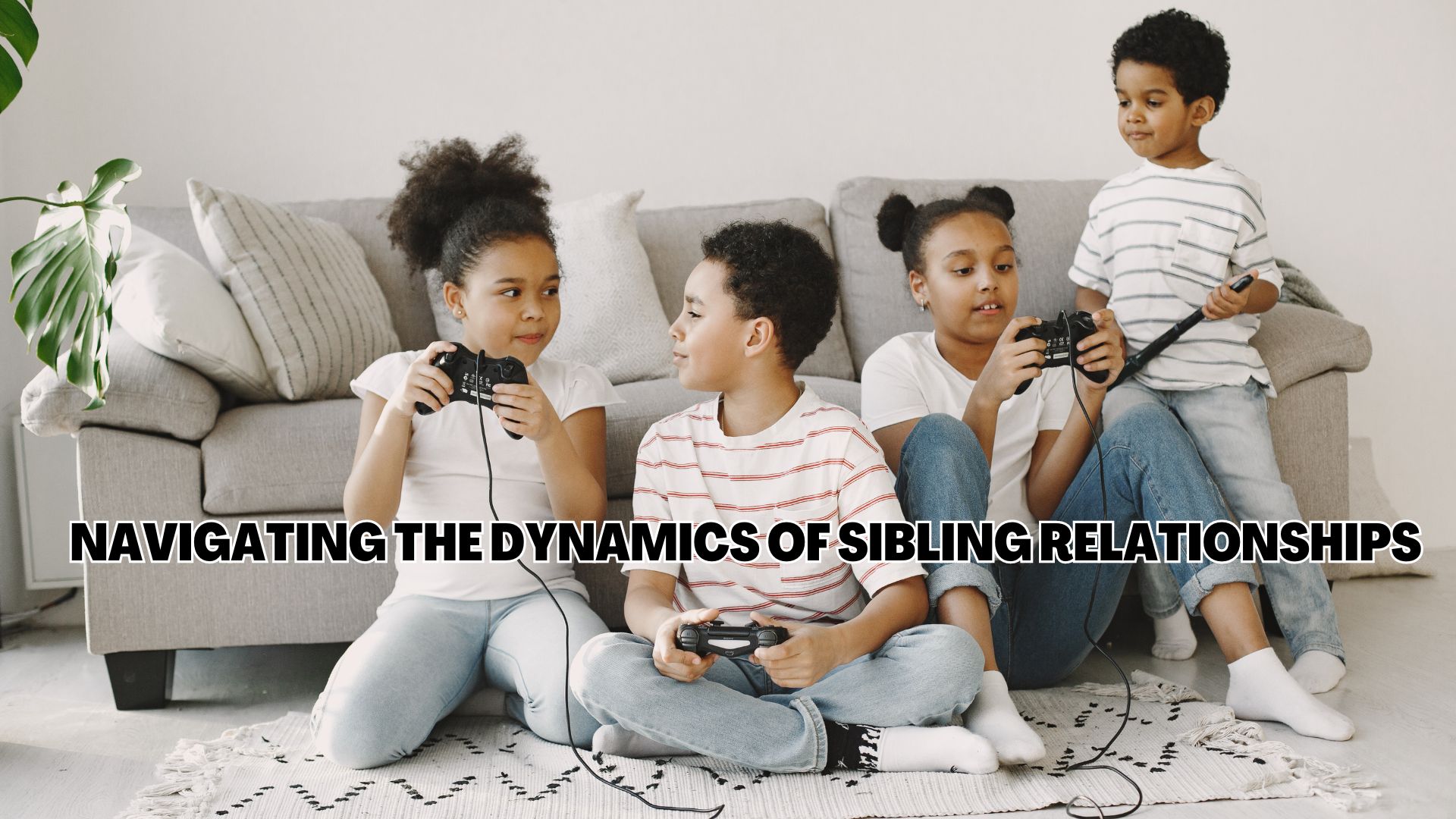Latest From Upschool
- Why We Need to Rethink Challenging Behaviour
- Navigating the Dynamics of Sibling Relationships
- Creating a Culture of Learning at Home
- Creative and Easy DIY Projects for Parents and Children
- Tips for Working Parents
- Review Educational Apps, Games, and Other Tech Tools for Kids
- Interpreting Teacher Feedback
- The Role of Play in Early Childhood Development
-
-
No videos yet!
Click on "Watch later" to put videos here
- View all videos
-
-
-
Don't miss new videos
Sign in to see updates from your favourite channels
-

Tiny Beasts - Beauty worth a closer look.
They are cute, furry, colourful, they dance, have huge glittery eyes and don't want to bite you - and they don't build webs, what's not to love?.
For some, the thought that a spider could be cute, cuddly, loveable and gorgeous to look at seems absurd. But think again. Inhabiting the micro-world of our gardens, pastures and forest floors are the worlds most beautiful spiders. Found only in Australia and only very recently popularised by the efforts of Joseph Schubert and Jürgen Otto, our peacock spiders almost outshine the birds of paradise.
Curious to look at, and vastly more entertaining than a bird with feathers, the tiny little spiders no larger than a grain of rice, have massive dance moves and a lot of swaggers, and could entirely change how you feel about spiders forever.
"To me, the colours and the markings on the abdomen look a lot like The Starry Night by Vincent Van Gogh, so I named it constellatus, which means starry in Latin,"
- Joseph Schubert
From 2011 there were only around eight species of peacock spider identified in the 'Land Down Under', but as of recently thanks to spider enthusiasts and scientists with a deep passion for our dancing spider friends, we are now at 86.
The first peacock spider to be documented was in 1874 by Pickard -Cambridge, a zoologist with a particular interest in arachnids and insects. Since then, there was not too much fuss until a man named Jürgen Otto started filming these little gems and posting the videos on the internet. From 2011 - until now there have been a confirmed 75 new species identified, and it's mostly because of him.
Joseph Schubert recently added to the catalogue of the species by revealing seven new finds which are published in an article on the ABC News website. Mr Schubert says "peacock spiders are like tiny, little, colourful kittens".
https://www.abc.net.au/news/2020-04-02/seven-new-species-of-peacock-spider-discovered/12110306
"They're very charming animals. They've got these big eyes, and it's very easy to like them … I've often compared them to puppies and kittens." - Jürgen Otto
The peacock spiders are also referred to as Australia's Dancing Spider because of the incredible mating performance these micro critters are famous for. They dance to dazzle their potential mate and must perform a pleasing routine or become lunch.
A fan of iridescent colour is revealed by the dancing spider and jiggled about to captivate their desired mate. Feet and legs tap out a carefully timed rhythm and the body of the spider wiggles and jerks, flickers and rattle itself to woo the female. These extraordinary attempts to seduce a mate are not seen with any other spider on earth.
These intricate displays can last up to an hour and each species, and potentially each spider has its particular song, dance and display to offer. No one spider is alike, which is why people seem to bond so quickly to these little guys.
Peacock spiders are part of the jumping spider family, but only peacock spiders in their dazzling coloured fanfare are Australian. Australians be excited!. We are the home of Vegemite, the sausage sanngar and the most beautiful spider species on the earth.
Guest Contributor: Emily Rack
Business Name: Horatio’s Jar
Publisher: Digital Schools
Emily Rack is a yoga teacher, meditation instructor, freelance writer and visual content creator. She incorporates a unique creative flair into her yoga and meditation classes, courses and workshops. Emily hosts events and classes in schools and the wider community she is passionate about teaching the art of mindfulness and sharing her knowledge of arts, environment and wellbeing.
——-
PUBLISHER’S DISCLAIMER: The publisher of this blog post (Digital Schools PTY LTD) works in partnership with the school as a 3rd party provider to help build and maintain the school website. Digital Schools sources a range of experts who provide products and/or services to educational institutions and we work with them to produce and publish topical information in the form of blog posts that we think may be relevant, interesting or topical to families within the community. The views, opinions and content listed in this blog post are that of the guest contributor and/or publisher (Digital Schools). It should be noted that whilst the publisher and guest contributors are acting with the best intentions and in the best interests of the school and their community to provide helpful or interesting information, sometimes the content may not necessarily reflect the views of the school.
The information in this blog post is not meant to be used, nor should it be used, to diagnose or treat any medical condition. For diagnosis or treatment of any medical problem, consult your own physician. The school and the publisher of this blog post are not responsible for any person reading or following the information in this article who may experience adverse effects.
Any references to external websites or sources are provided for informational purposes only and do not constitute endorsement by the school or publisher in any way and the publisher and/or school cannot guarantee accuracy of information listed.
If you have feedback on any content on this platform, you can submit it to the publisher using the feedback link provided at the bottom of this page.




